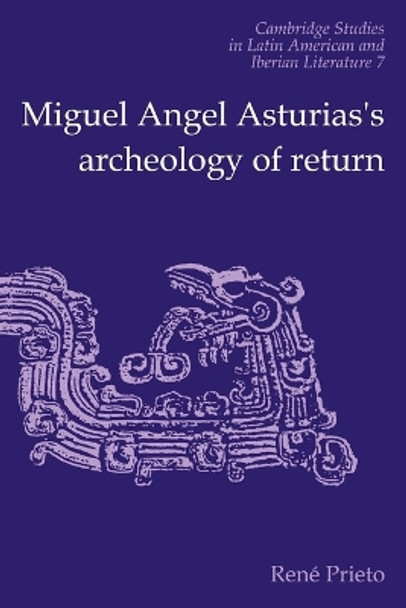Miguel Angel Asturias (1899-1974) is one of the notable literary figures in Latin America who in the 1920s contrived both to explore and to define Latin literature within the mainstream of Western history. He managed to be poetic, political and mythological at the same time, and with a degree of synthesis rarely achieved then or since. As is the case with many Latin American writers, his work is inextricably linked with politics, and he lived in exile for many years. He was influenced by Indian mythology, fantasy and Surrealism and was the first Latin American novelist to understand the implications of anthropology and structural linguistics for culture and for fiction. Rene Prieto examines how Miguel Angel Asturias turns to the cultural traditions of the ancient Maya and combines them with the rhetoric of surrealism in order to produce three highly complex and widely misunderstood masterpieces; the Leyendas de Guatemala (1930), Hombres de maiz (1949) and Mulata de tal (1963). Asturias is the first American author to succeed in portraying an indigenous world vision that is blatantly non-Western.
Rene Prieto examines how Miguel Angel Asturias turns to the cultural traditions of the ancient Maya to produce three highly complex and widely misunderstood masterpieces.Reviews"The main strengths of Prieto's study are that in sustaining a particular aooroach to Austria's indigenismo, he causes the three chosen works to illuminate each other, as part of a highly defined series." Gordon Brotherston, Modern Language Notes
Book InformationISBN 9780521112451
Author Reni PrietoFormat Paperback
Page Count 320
Imprint Cambridge University PressPublisher Cambridge University Press
Weight(grams) 470g
Dimensions(mm) 229mm * 152mm * 18mm








